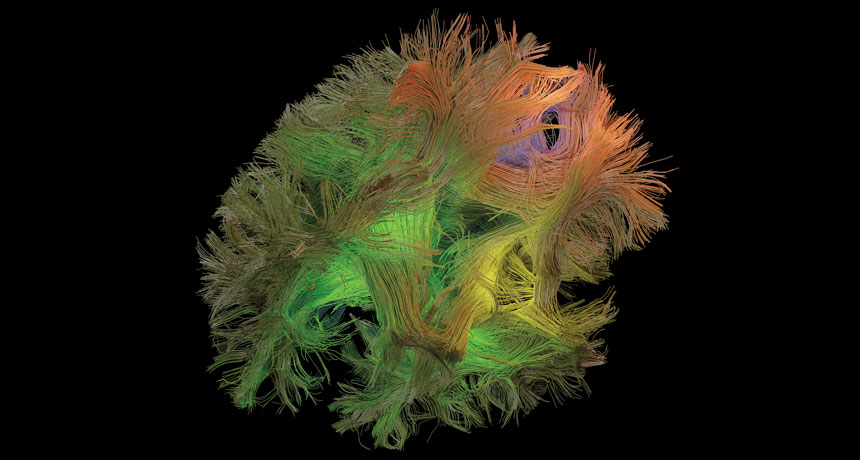Brain-zapping implants that fight depression are inching closer to reality
Researchers are resetting the part of the brain that can shift mood

MOOD CHANGER Neural activity in certain areas of the brain (brightly colored strands show connections emanating from those regions) can be measured to decode mood.
O.G. Sani and M.M. Shanechi/Shanechi Lab
Like seismic sensors planted in quiet ground, hundreds of tiny electrodes rested in the outer layer of the 44-year-old woman’s brain.